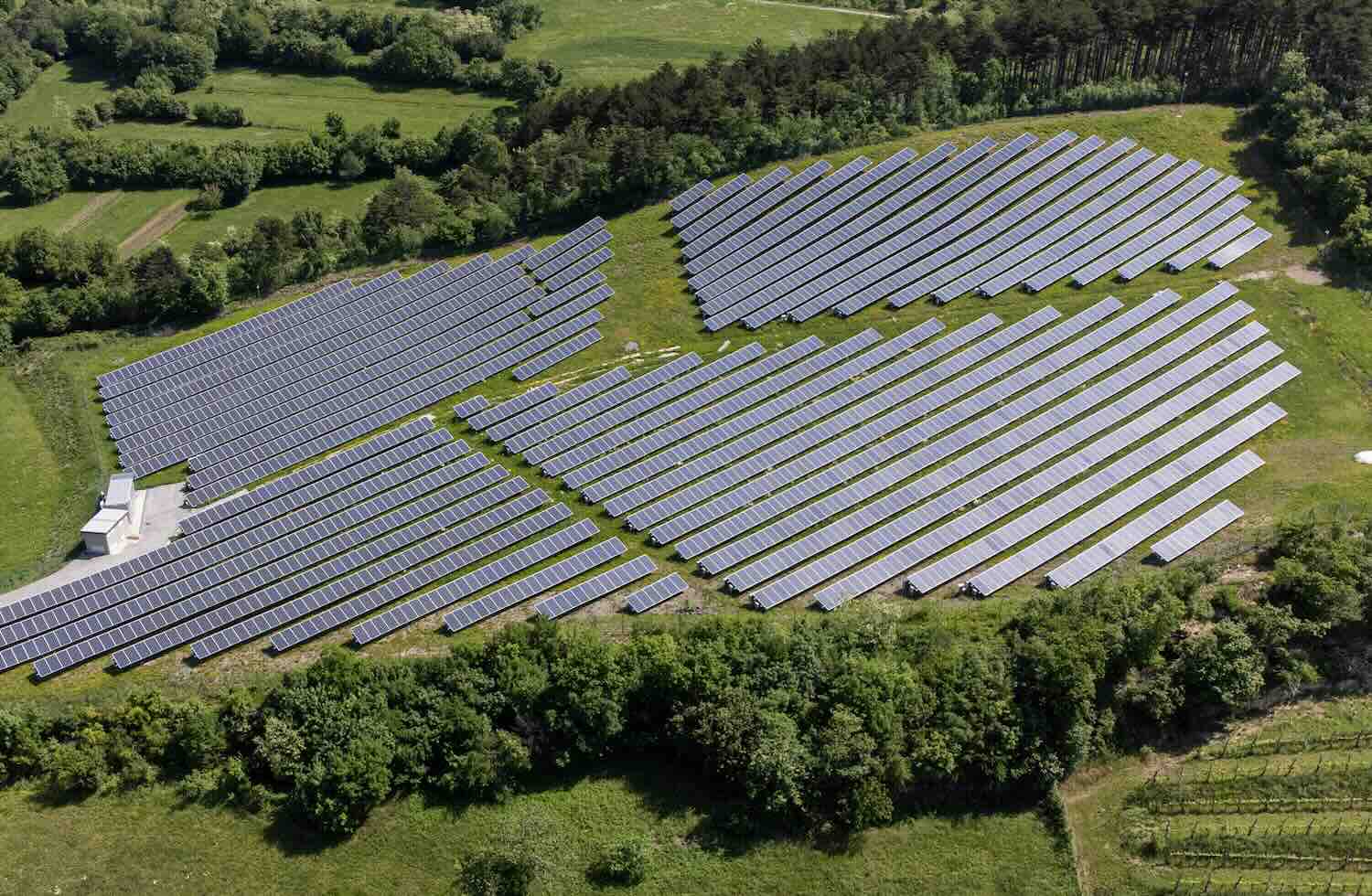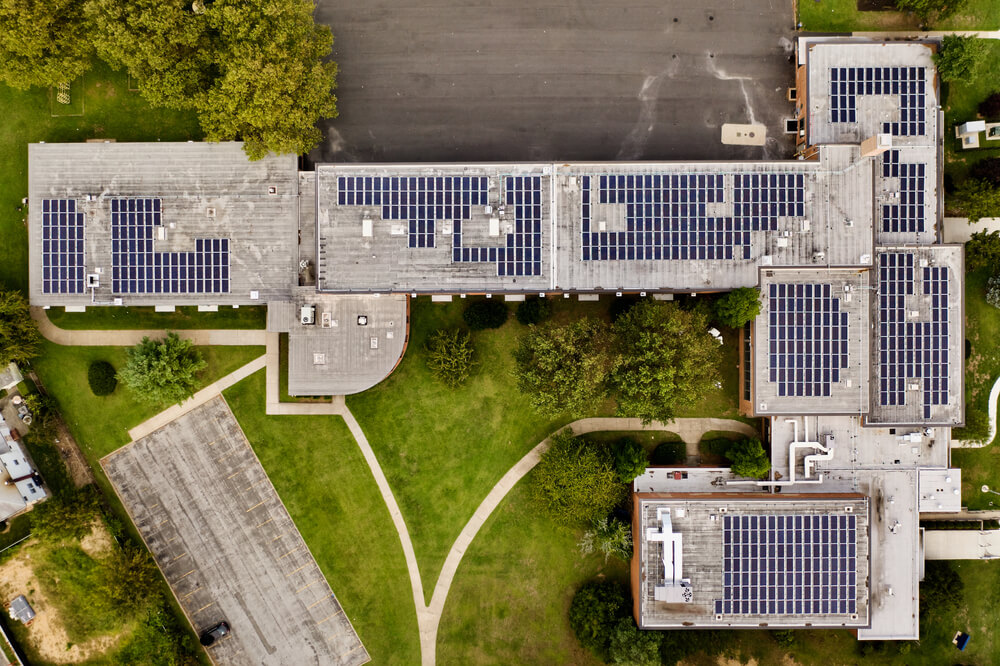ImpactAlpha, Oct. 6 – When Electric Hydrogen raised $380 million this week, headlines heralded the green hydrogen market’s first unicorn. The Natick, Mass. company’s big raise was the latest in a string of buzzy developments that promise to catapult green hydrogen – long a longshot – into the forefront of the race to decarbonize the economy.
Should we believe the hype this time around?
There is good reason for skepticism. The technology is expensive, energy-intensive and requires infrastructure buildout. And then there is the question of use cases.
“Hydrogen can be such a Swiss army knife,” Energy Impact Partners’ Shayle Kann told ImpactAlpha. “Some people try to apply it to everything.”
The key, says Kann, whose $485 million Frontier Fund was an early investor in Electric Hydrogen and co-led it’s Series C round, is to understand what sectors make sense for hydrogen and which don’t. Replacing high emission ammonia production and decarbonizing heavy industry – check. Powering passenger cars – not so fast.
Private equity and venture investors poured $5.7 billion into hydrogen startups and projects last year, according to PitchBook. Paris-based Hy24 Partners last year raised a roughly $2 billion fund focused on developing hydrogen fuel infrastructure in the Americas, Europe and Asia. Total investments in green hydrogen could reach $300 billion by 2030, according to Natixis.
Supercharging it all are generous government incentives. In the US, the Inflation Reduction Act offers a production tax credit of up to $3 per kilogram to low-carbon hydrogen producers, with companies paying prevailing wages and using apprentices eligible for the full amount. The credit, known as 45V, can make capital-intensive hydrogen projects pencil out long before cost curves kick in. With cheap renewable energy, it can reduce production costs to below zero.
A separate program funded by the bipartisan infrastructure law will invest up to $8 billion in six to 10 regional hydrogen hubs (green hydrogen as well as methods using natural gas and carbon capture are eligible). The Department of Energy is expected to announce the finalists in the coming days.
Governments around the world are creating their own funds and incentives.
Use cases
Hydrogen is used to produce ammonia, a key ingredient in fertilizer and chemicals. That roughly $70 billion market makes up the bulk of hydrogen use today. The lightweight element is also an alternative to natural gas that can be used for heating or as a fuel source.
Most of the hydrogen produced today is derived from natural gas, or methane – so-called “grey” hydrogen. (When those emissions are captured and sequestered, it’s called “blue,” hydrogen – a category oil and gas interests are looking to cash in on). In some places like China, coal is used. Global hydrogen production generates about 1.5% of global emissions.
Green hydrogen, in contrast, uses renewable energy to power electrolyzers that split water into hydrogen and oxygen, a process with zero emissions or waste.
The immediate opportunity for green hydrogen is to displace high-carbon methods used for fertilizer and chemical production. Longer term, it holds potential to decarbonize hard-to-abate industrial sectors like steel and cement-making as well as shipping, trucking and aviation.
One example: Sweden’s H2 Green Steel raised $1.6 billion in September to finance a large-scale green steel plant in Sweden powered by green hydrogen produced on-site.
Scaling up
Meeting the demands of heavy industry will require hydrogen production at a large scale, says Kann. That is what drove EIP’s investment in Electric Hydrogen. “They are designing the world’s largest, most powerful electrolyzer,” he says. “It’s going to be by far the most cost effective way to produce hydrogen at large scale.”
Other investors in Electric Hydrogen’s Series C round include Fifth Wall, Fortescue Metals, Temasek, BP, United Airlines, and Microsoft’s Climate Innovation Fund.
The other clincher for Kann is Electric Hydrogen’s team, key members of which were led First Solar, a US-based thin-film solar producer that managed to survive the wave of increasingly cheap, commoditized products out of Asia.
Says Kann: “The playbook that First Solar undertook to survive that onslaught and ultimately thrive is going to be extraordinarily valuable as the hydrogen market matures.”











